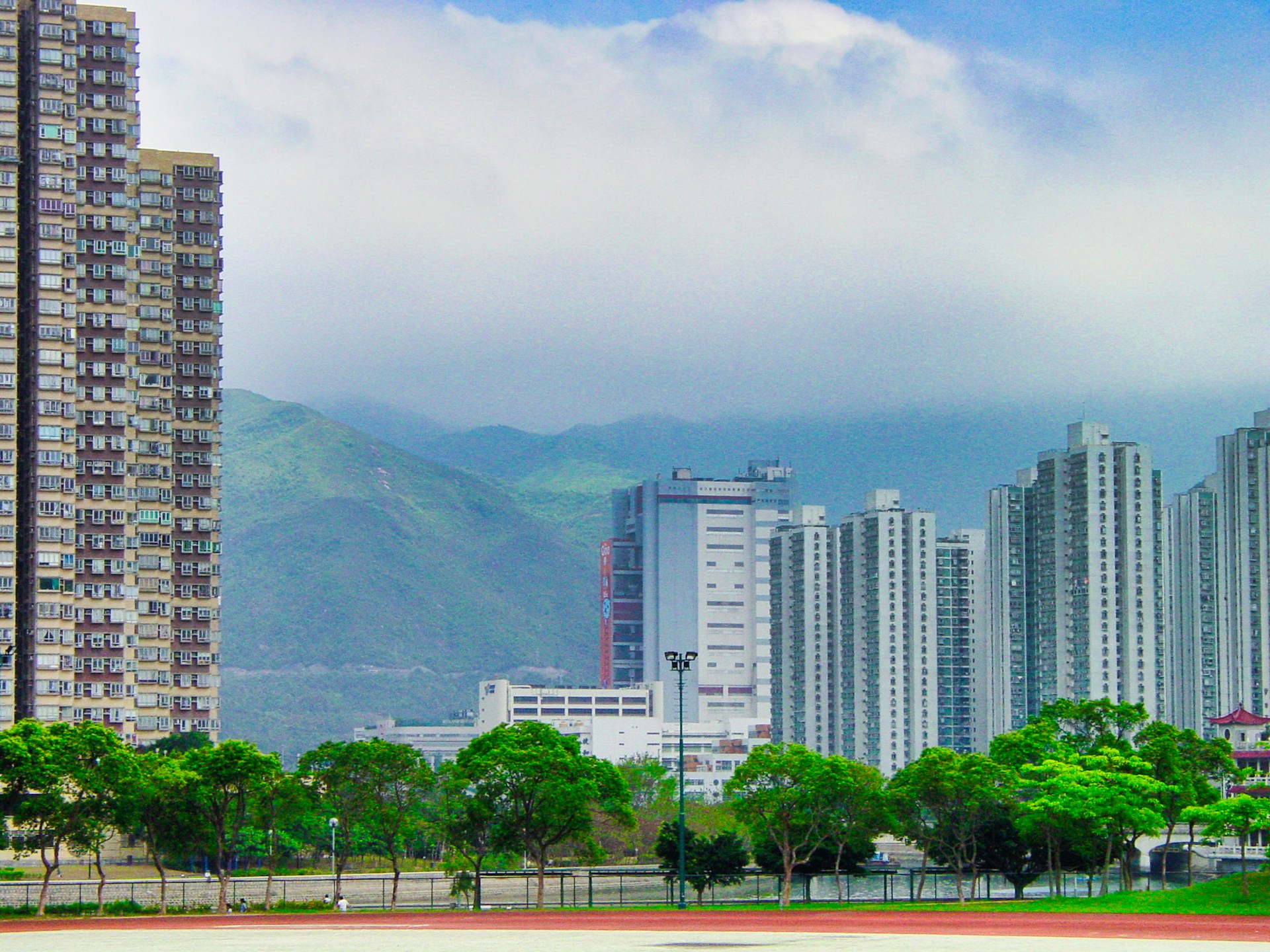Comparing Compact and Dispersed Settlements: Pros and Cons
Human habitation is diverse in form because of geographical factors, cultural practices, economy and history.
There are two main kinds of settlement and these are compact and dispersed settlements.
Having recognized how they work, what they offer and what they lack, give insight of urban planning, sustainability as well as communities.
This blog is a comparison of compact and dispersed settlements as well as the features and implications of these settlements to inhabitants’ lives.
Features of Compact and Dispersed Settlements
Compact setting are close-knit crowded central place where people live, work and access services are clustered.
They often occupied urban area or village that is compact around a major market or a water source.
Due to the high density it provides, it is popular in areas where space is a concern or costs high to win.
On the other hand, dispersed settlements are those in which dwelling or structures are located in small clusters over large spaces.
This settlement pattern is characteristic for both rural and agricultural areas where people dwell on their farms to work on their fields or tend for their cattle.
Geographically dispersed communities often have lower structural density, with greater distance between the homes and limited access to common use buildings.
Pros and Cons of Compact Settlements
Pros:
1. Efficiency of Services:
Small scale built up areas are good regarding the delivery of public utilities including transport, sanitation, water and electricity.
This is because close supervision of residents by the local government enhances local control and makes management and delivery of infrastructural and services cheaper.
2. Sustainability and Environment:
Population density in cities proves people are more likely to rely on public transport and non-automotive transport which leads to low emissions and free traffic.
Denser areas might provide support to environment friendly measures like cycle renting and public green spaces.
3. Economic Opportunities:
Density will enhance sustenance of business with more employment, business, markets and social facilities for the people.
It provides for growth and motivates development of creativity and cultural interaction between the people of the two nations.
4. Social Connectivity:
One of the things that come with living in a small town is the promotion of communal interaction.
People are guaranteed to come across their neighbors and community members making social relations stronger and the community cohesive.
Cons:
1. Overcrowding:
However, compact settlements have been shown to present one of the biggest downsides in that the residents are usually many.
Compact housing often results in problems as population increases density; housing, noise levels and overworking of existing resources.
2. Cost of Living:
One pivotal issue related with compact settlements, and specifically in the city areas is that the cost of living is relatively high.
If we speak about common living conditions rent, property prices, majority of costs, they are much higher in comparison with costs in rural regions.
3. Pollution and Health Concerns:
Structures may fail due to deteriorating infrastructure of infrastructure state within the crowded areas, hence dealing with air pollution, wastes, and water and sanitation problems.
Population density is also a big disincentive because congested regions are most likely to experience the epidemic outbreak of diseases.

Pros and Cons of Dispersed Settlements
Pros:
1. Space and Privacy:
One of the most important positive aspects of dispersed settlements is, of course, the access to space.
People are able to have spacious rooms, gardening opportunities and having their own territory while living in countryside.
2. Health Benefits:
Less density is always associated with a better quality of air as well as lesser pollution.
Countryside habitats appear to be less stressful because more green scenery, and fewer disturbances such as noise pollution in the dispersed populated places.
3. Agricultural Productivity:
Dispersed communities can be preferred by farmers or anyone who needs a house on or near the farm because of the layout.
The close positioning maximizes efficient operation within farming and contributes to autonomy.
Cons:
1. Limited Access to Services:
As with many advantages, there are some disadvantages associated with dispersed settlements, particularly the problem of accessing relevant services.
Such basic amenities as roads, electricity, water, and health facilities may be comparatively poorly developed leading to poor or even unequal provision of the services.
Educational institutions, hospitals, and public transport are scarce or are located at long distances that making performing daily activities even harder.
2. Isolation and Social Drawbacks:
Whereas lack of privacy in dispersed settlements can be advantageous; it results in loneliness from having no close neighbors.
Receiving less social interaction can weaken social connectedness and fewer possibilities to undertake collective or support activities.
3. Economic Challenges:
Because the scattered communities are confined to few commercial activities and industries, employment prospects are also scarce.
Employment may require people to travel long distances hence resulting in higher costs and less conformity in the excerption of work and less time to personal issues.
4. Environmental Impact:
However, infrastructures that are formed closely may help to save land through concentration and use less space, infrastructures that are spread out have an adverse impact on natural living conditions and exert much greater pressure on the environment due to the dispersion of construction.
But this sprawl can lead to more problems such as the depletion of the available forest cover through land development.
Conclusion: Compact and Dispersed Settlements
The difference between compact and dispersed settlements depends on factors such as; lifestyle, economic status, and environmental impacts.
Compact types of developments provide convenience, social interaction, and vitalize the economy but encompass problems such as crowding and pollution.
On the other hand, scattered houses offer both the necessary distance and calmness as well as an association with nature but rarely formal employment or transportation means.
These are benefits that urban planners and policymakers need to consider when making efficient strategies for development that meets the greatest potential for the people with out compromising the same.
Also read: Understanding Compact Settlements: A Complete Overview


Really informative blog.Really looking forward to read more.